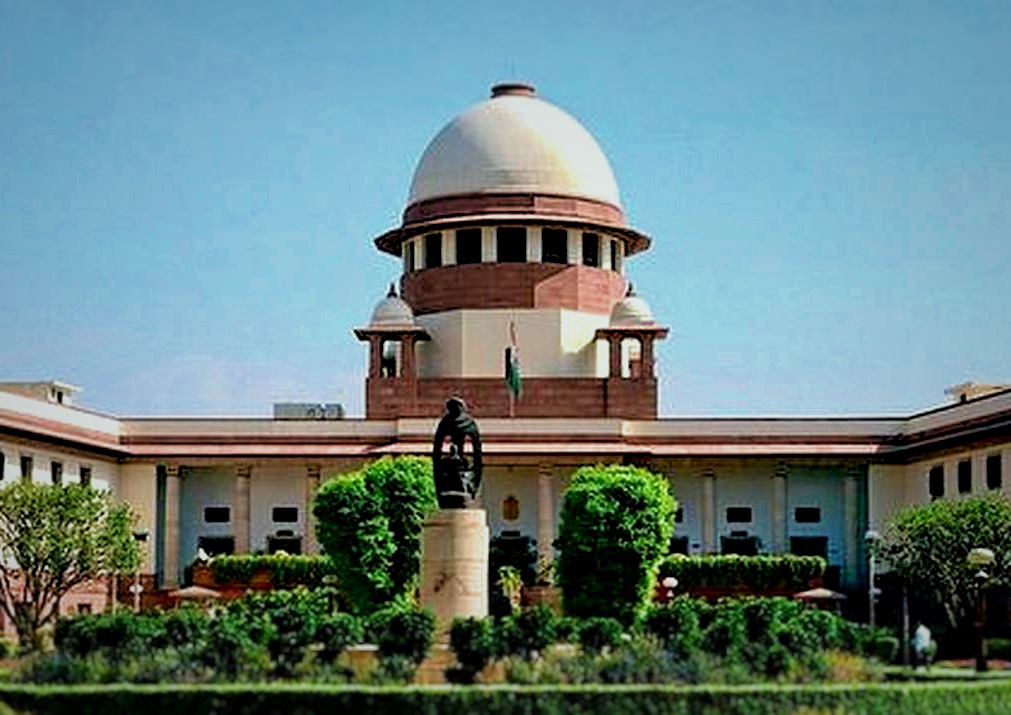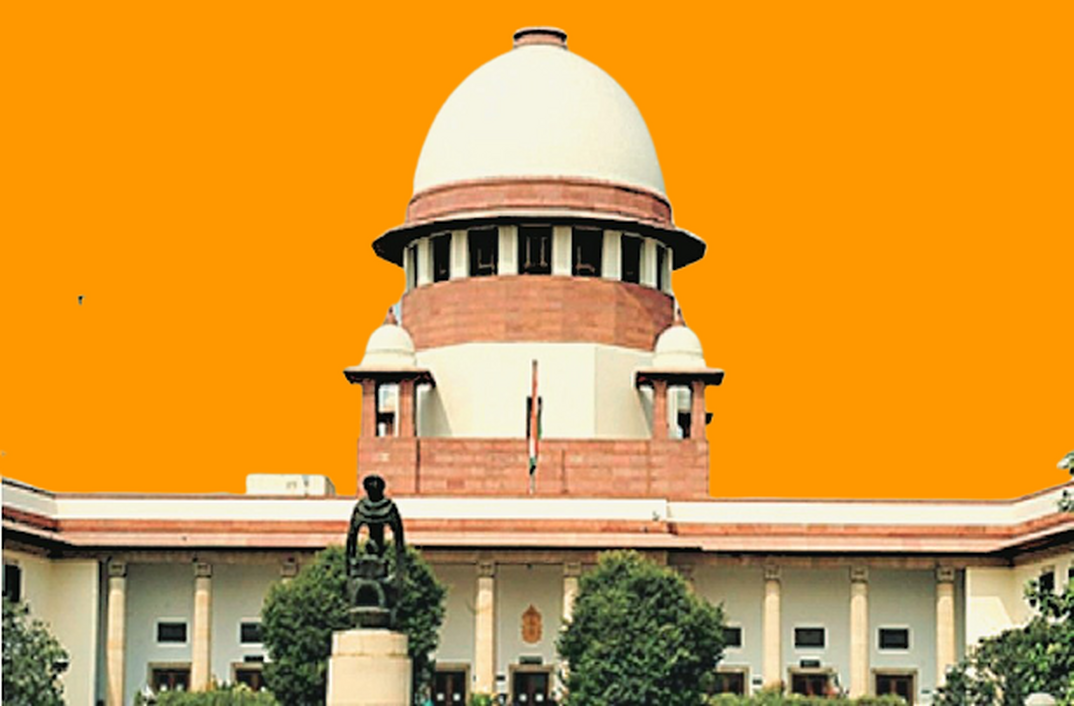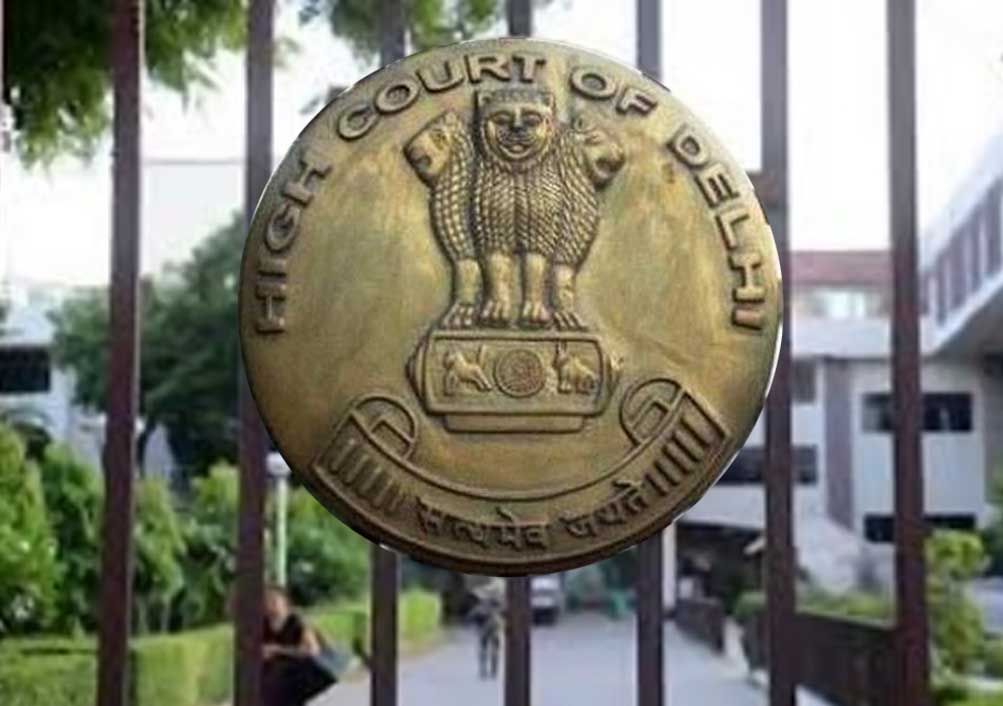Once DRT granted liberty to Bank to proceed with sale & such sale came to be registered in favour of auction purchaser, then mortgagor’s right of redemption stood extinguished:SC

Read Judgment: S Karthik & Ors vs. N Subhash Chand Jain &Ors
Pankaj Bajpai
New Delhi, September 27, 2021: The Supreme Court recently opined that the SARFAESI Act was enacted with the purpose for securitization and empowering banks and financial institutions to take possession of the securities and to sell them without the intervention of the Court.
A Larger Bench of Justice L.Nageswara Rao, Justice B.R. Gavai & Justice B.V. Nagarathna observed that when the Debt Recovery Tribunal (DRT) had granted liberty to Bank to proceed with sale and sale came to be registered in favour of the auction purchaser, then mortgagor’s right of redemption stood extinguished.
The observation came pursuant to an appeal challenging judgment passed by the High Court of Judicature at Madras in a writ filed by the auction purchaser/N. Subhash Chand Jain (first respondent).
The background of the case was that, Ace Concrete Private Limited (the borrower) was a company engaged in the manufacture and sale of ready mixed concrete and related business activities, and it had availed loans from the fifth respondent,Indian Overseas Bank. In pursuance of the same, the appellants and respondent had mortgaged their four properties as collateral security and executed guarantee for the credit facility granted to the borrower.
Thereafter there was a transaction/Memorandum of Understanding between the borrower and one M/s. AKR Holdings Private Limited, as per which the entire share-capital of the borrower was to be transferred to AKR Holdings and the Management was also to be transferred in favour of AKR Holdings.
As per the agreement, AKR Holdings was to take over the entire liability of the borrower and also to get the four mortgaged properties released to the appellants and respondent Nos. 2 to 4. It was however, the contention of the appellants that the AKR Holdings in collusion with the respondent-Bank sold all the assets of the borrower hypothecated to the respondent Bank and also did not get the mortgaged properties released, as agreed.
The borrower was, therefore, categorized as ‘Non-Performing Asset (NPA)’ on April 1, 2011, and the Bank issued notice u/s 13(2) of the SARFAESI Act for a liability of Rs.20,24,05,000.
On February 20, 2012, the appellants and respondent filed a Securitisation Application before the DRT, Chennai, and an interim stay was granted restraining the Bank from proceeding further with the First Sale Notice. However, this was subject to deposition of 50% of the outstanding amount within the period.
Through interim order, the DRT, Chennai, directed the appellants and respondent to deposit Rs. 1 crore to show their bona fides and granted a month’s time to procure prospective purchasers to clear the entire dues by selling the mortgaged properties. Accordingly, an amount of Rs.1 crore came to be deposited on July 31,2012.
The DRT, Chennai, thereafter, passed an interim order, thereby restraining the Bank from bringing the mortgaged properties for sale pursuant to the Second Sale Notice. However, instead of complying with the order, the guarantors filed an application and sought a direction that the amount so directed to be deposited by the DRT, should be permitted to be deposited either in the purchasers account or in separate suspense account in the Indian Overseas Bank, Kilpauk Branch.
The application came to be dismissed by the DRT, Chennai. The Bank was then granted liberty to proceed with the sale. Aggrieved, a Civil Revision Petition was filed before the Madras High Court, which restrained the Bank and the auction purchaser from taking physical possession of the mortgaged properties.
The DRT then set aside the Second Sale Notice and consequent sale of the mortgaged properties and imposed cost of Rs. 50,000 on the Bank for willfully violating the provisions of law. The DRT also directed the Bank to refund the amounts paid by the auction purchaser along with 10% interest per annum.
It further directed the Bank to refund the surplus sum of Rs.4.48 crore to the third respondent-Shanthi Sivasamy with 10% interest per annum. The order passed by the DRT came to be challenged before the DRAT, which maintained the direction of the DRT, insofar as the payment of excess amount to the third respondent was concerned.
The Larger Bench noticed that unlike international banks, the banks and financial institutions in India earlier did not have power to take possession of securities and sell them.
The Bench also noticed that absence of such authority had resulted in slow pace of recovery of defaulting loans and mounting levels of NPAs and financial institutions.
“The existing legal framework relating to commercial transactions had not kept pace with the changing commercial practices and financial sector reforms. As such, the SARFAESI Act was enacted with the purpose for securitization and empowering banks and financial institutions to take possession of the securities and to sell them without the intervention of the Court. If look at the facts in the present case, it would show that, every attempt has been made to frustrate the purpose of the SARFAESI Act”, observed the Bench.
The Top Court found that though the auction purchaser emerged as the successful bidder, and though the sale was confirmed as well as registered in his favour for a period of last 9 years, he could not enjoy the fruits of the said sale.
Not only that, but the appellants continued to enjoy the rent of the properties, the ownership of which vests in the auction purchaser. In that view of the matter, there is no merit insofar as the challenge to the notice dated July 09, 2012 is concerned.
The Apex Court also said that the excess amount, which remained with the Bank, has rightly been directed to be paid to third respondent by the DRT, Chennai, which has been concurrently upheld by the DRAT, Chennai, as well as the High Court.
Sign up for our weekly newsletter to stay up to date on our product, events featured blog, special offer and all of the exciting things that take place here at Legitquest.




Add a Comment